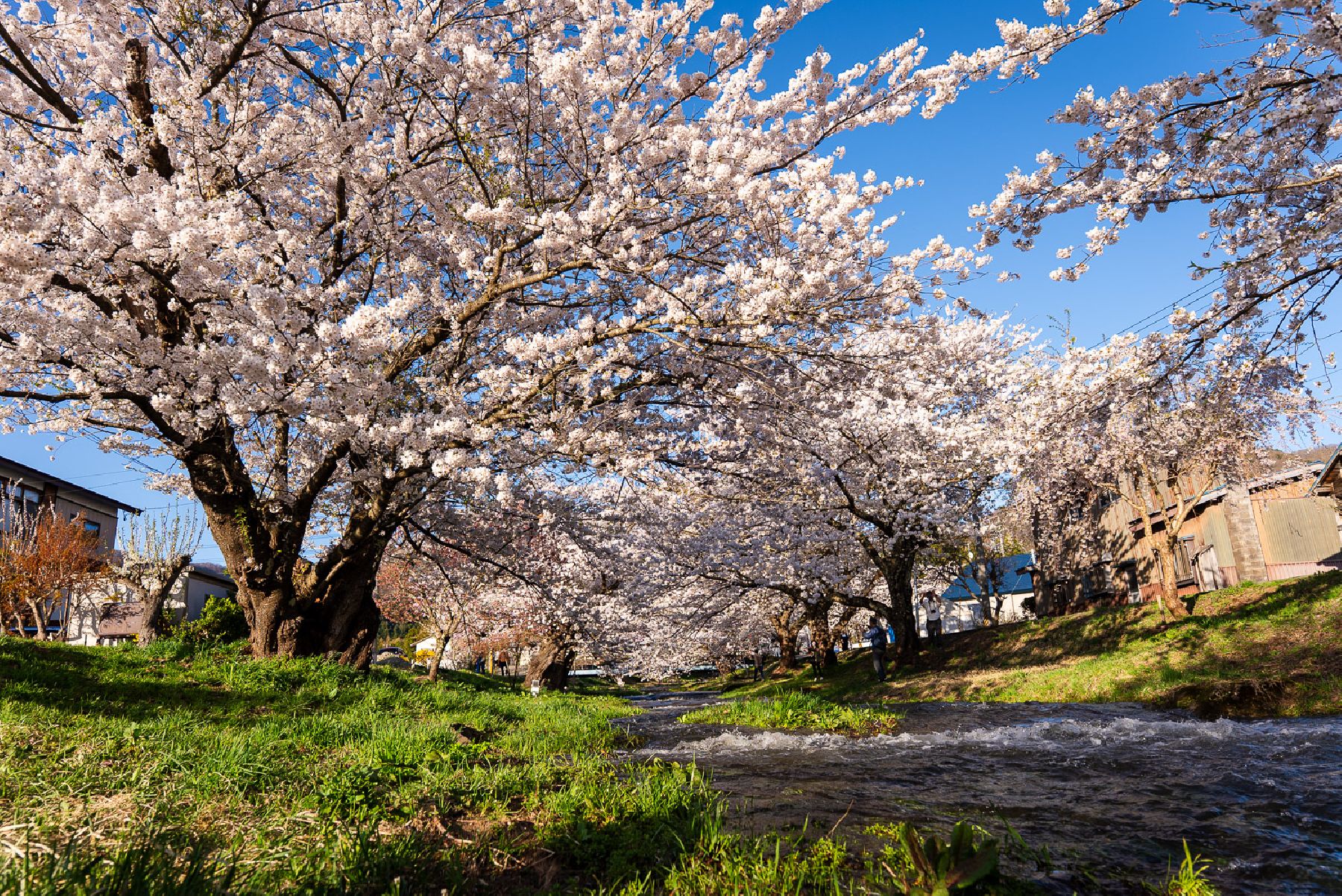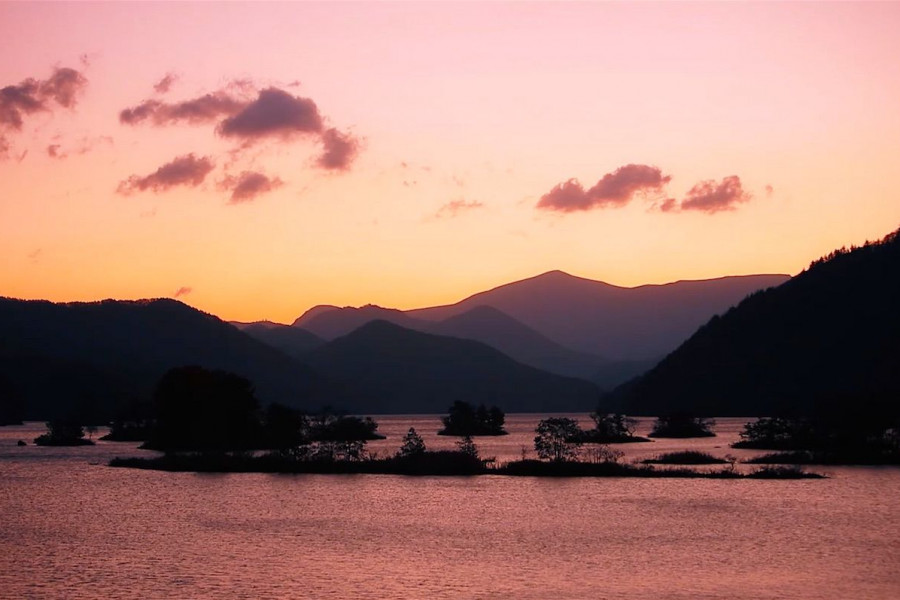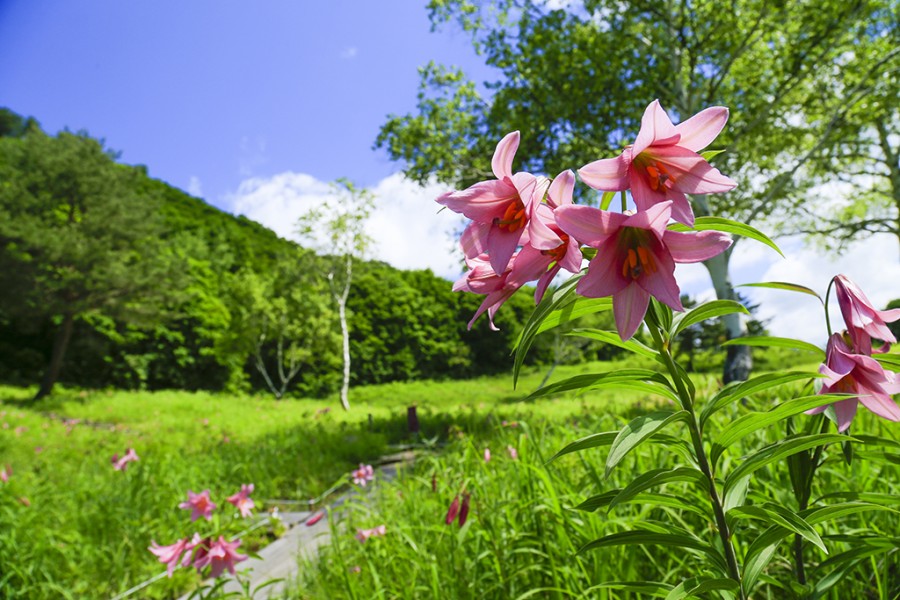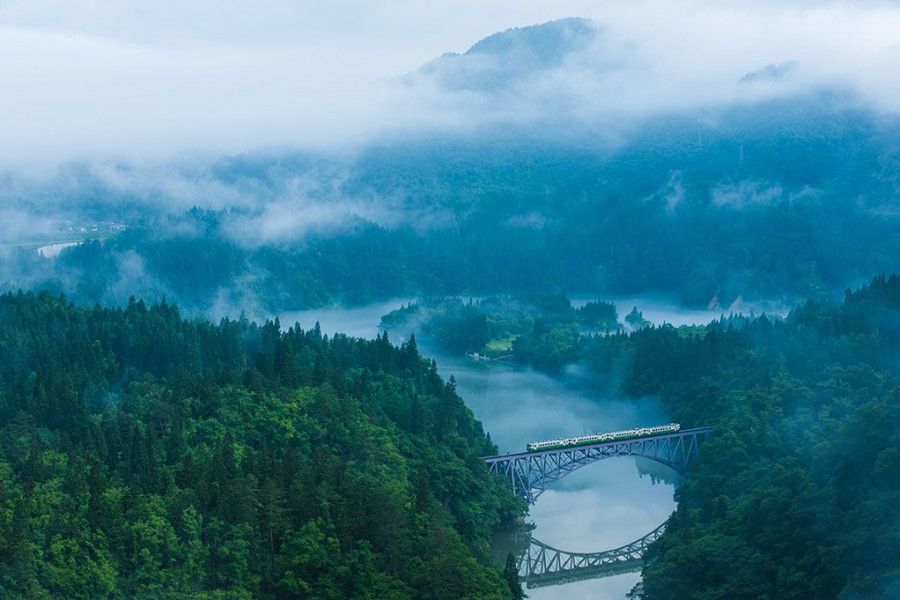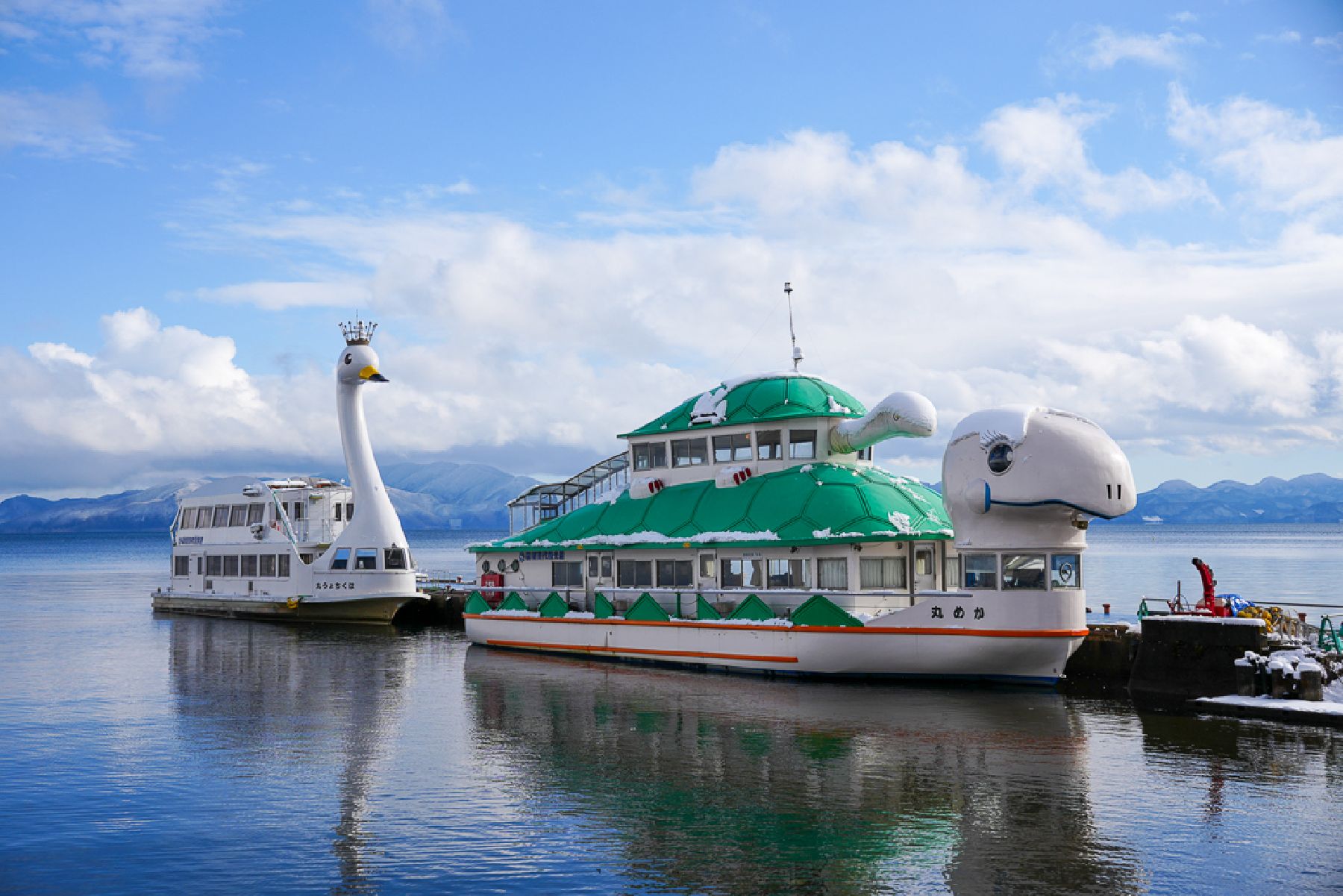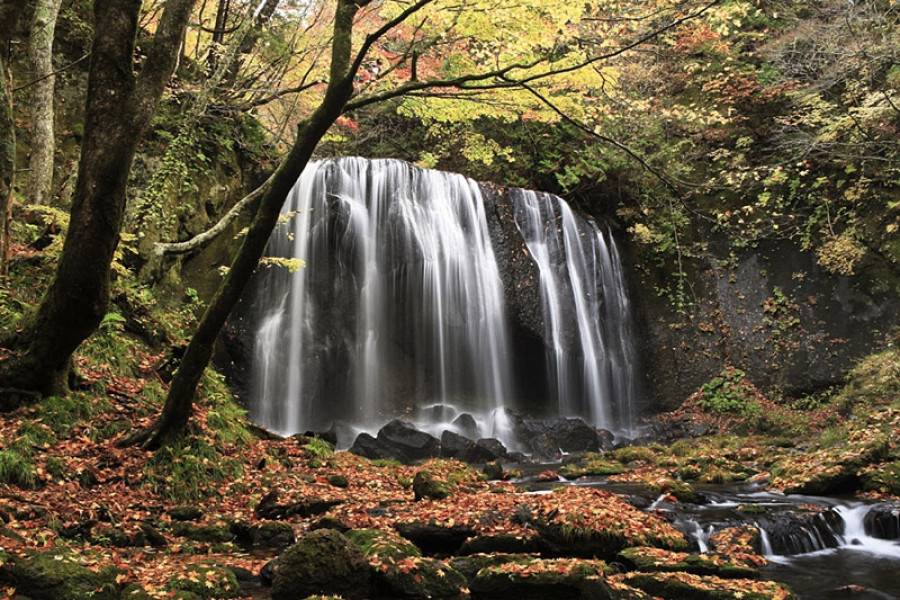Nature & Scenery
Lake Inawashiro Sightseeing Boat
As the fourth-largest lake in all of Japan, Lake Inawashiro is well-known for its gorgeous blue waters, wildlife sightings and stunning views thanks to its position south of the Bandai mountain range. This sightseeing boat gives visitors a chance to get out on to the lake, where they can enjoy the atmosphere and soak in the sights.Guests can step out on to small sightseeing decks at the front and rear, although it's worth bringing a heavy jacket as the wind chill is quite bracing in winter on the front deck.On the interior, announcements over the tannoy explain more about the history of the area in Japanese, English and Mandarin. The journey takes about 35 minutes.The swan boat leaves every hour between 10am and 4pm, while the turtle boat leaves every half an hour on Saturdays, Sundays and public holidays only. In winter, the turtle boat remains docked and functions as a cafe and waiting area (from December 15th). The winter schedule for the swan boat is also reduced, with departures at 11am, 12pm, 2pm and 3pm.

